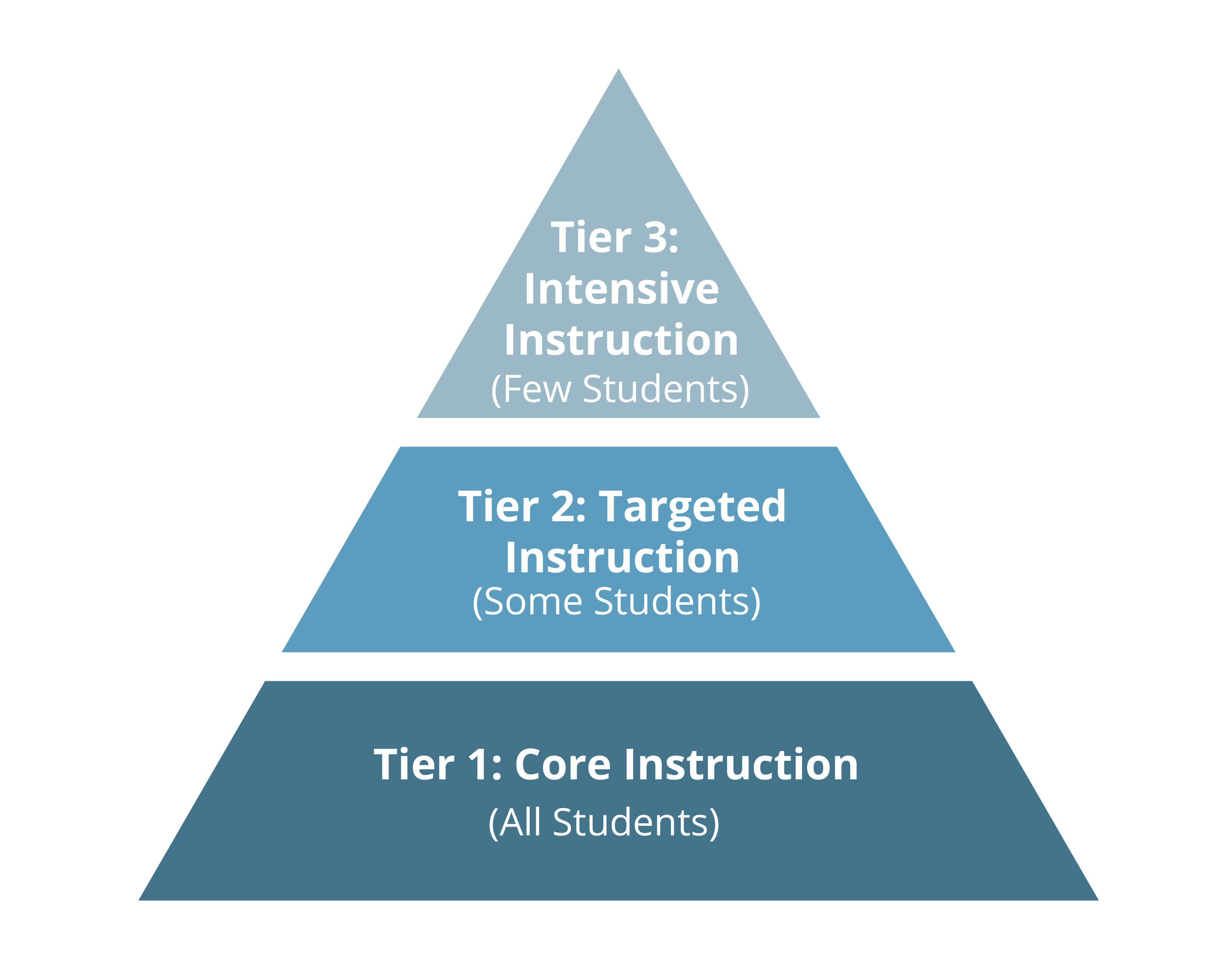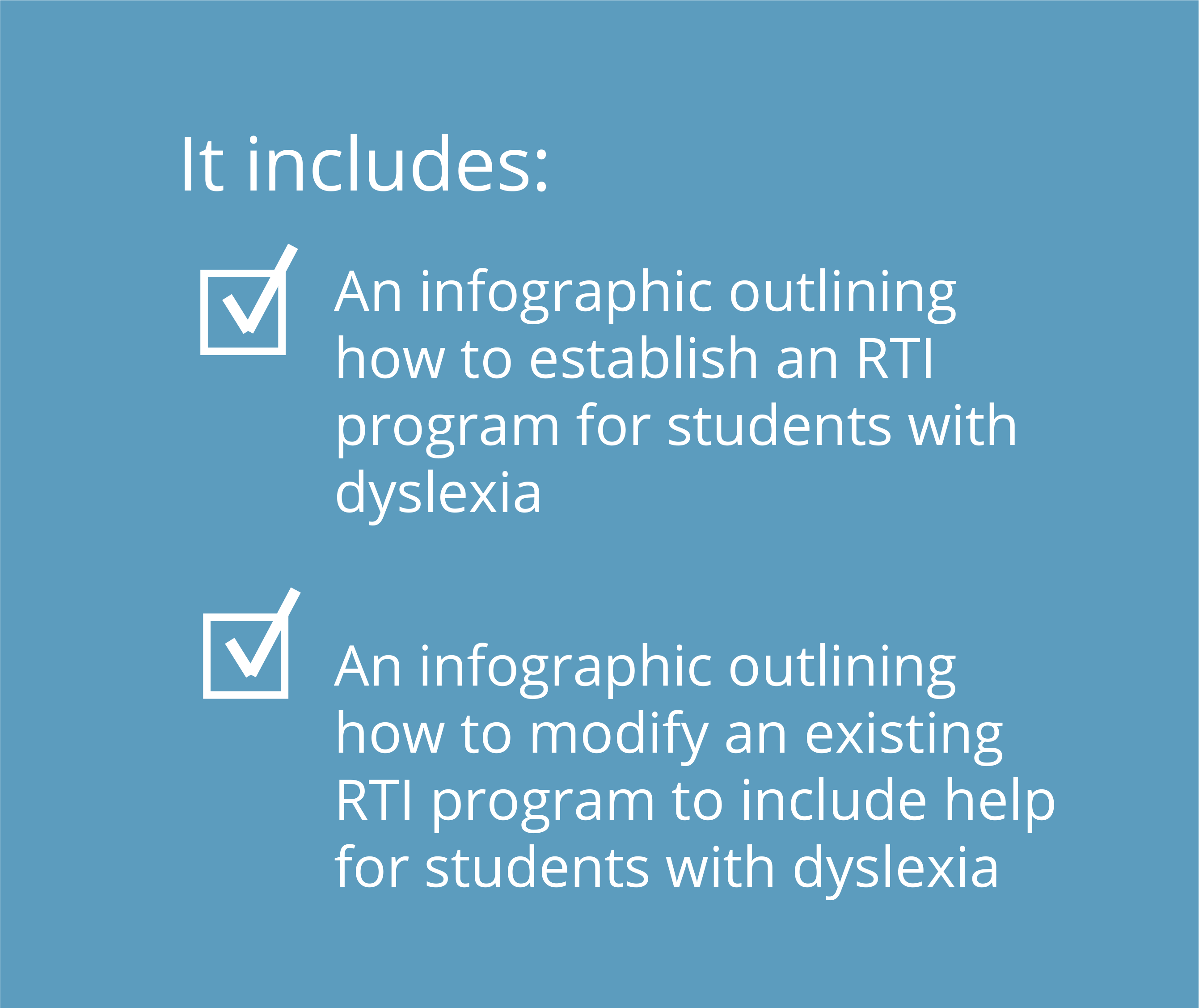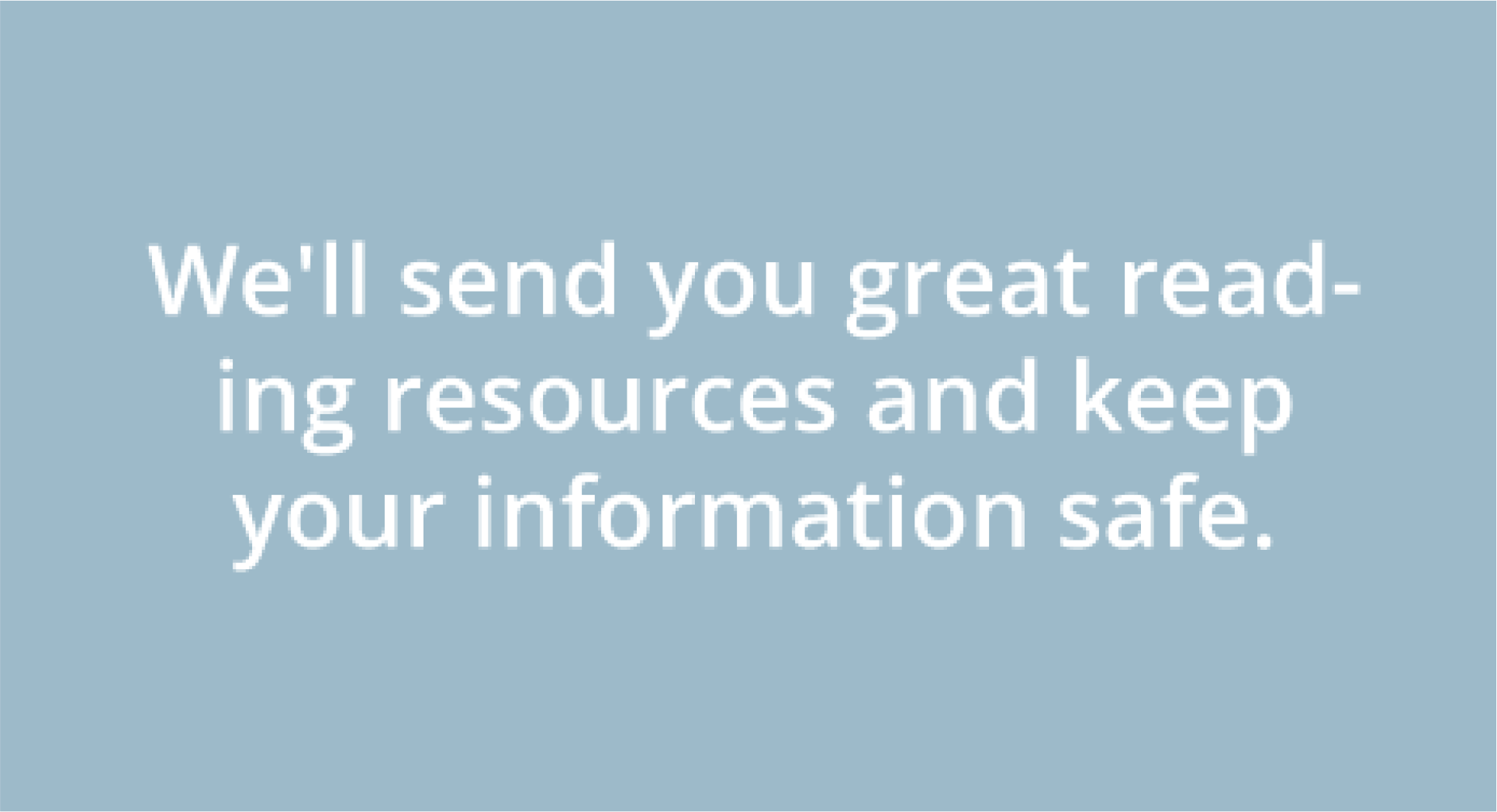Dyslexia Interventions
For Administrators
As dyslexia receives increasing attention across the country, states and districts are more aware of the need to provide services to children with this reading disorder. Administrators are frequently called upon to develop or modify processes for assessing children and intervening appropriately when reading difficulties are present.
These processes are often part of a larger system of instruction and intervention known as MTSS (Multi-Tiered System of Supports). Many state education departments have adopted the MTSS model to ensure that essential components such as evidence-based decision making and effective instructional approaches are implemented.
The MTSS model also includes the process for additional support known as Response to Intervention (RTI).  Although RTI has existed for over a decade, many RTI systems were not designed with dyslexia interventions in mind. Students with dyslexia require early intervention with explicit, systematic, and multisensory instruction in phonemic awareness and phonics provided by a trained professional. RTI programs that provide dyslexia interventions can be confusing to design and challenging to implement and require strong leadership, a knowledgeable team, and a clear model.
Although RTI has existed for over a decade, many RTI systems were not designed with dyslexia interventions in mind. Students with dyslexia require early intervention with explicit, systematic, and multisensory instruction in phonemic awareness and phonics provided by a trained professional. RTI programs that provide dyslexia interventions can be confusing to design and challenging to implement and require strong leadership, a knowledgeable team, and a clear model.
RTI begins at Tier 1 with the expectation that all students will receive high-quality instruction in the general classroom. This is especially important for reading instruction that meets the needs of students with literacy challenges.
For approximately 20% of students, however, classroom instruction may not be enough. These children will typically need more time, more practice, and more targeted instruction to meet academic goals. This targeted instruction, provided in Tier 2, is generally delivered in smaller groups so that students receive more attention from a teacher with more explicit lessons and activities that include dyslexia interventions. The pace of instruction is slower and matched to the needs of the students and progress is monitored to determine whether the additional support is effective.
For students with greater reading gaps or who may exhibit significant learning challenges, Tier 3 serves as a more intensive level of intervention. Students in Tier 3 may be working one-on-one with an educator, spending additional time in a research-based reading intervention program, and using accommodations to a greater extent than other students.
A resource to assist administrators in incorporating additional dyslexia interventions in an existing RTI program can be found below.
How can I apply this in my school?
Download our free resources explaining how to implement an RTI model in your school or how to modify an existing model to fit the needs of students with dyslexia


